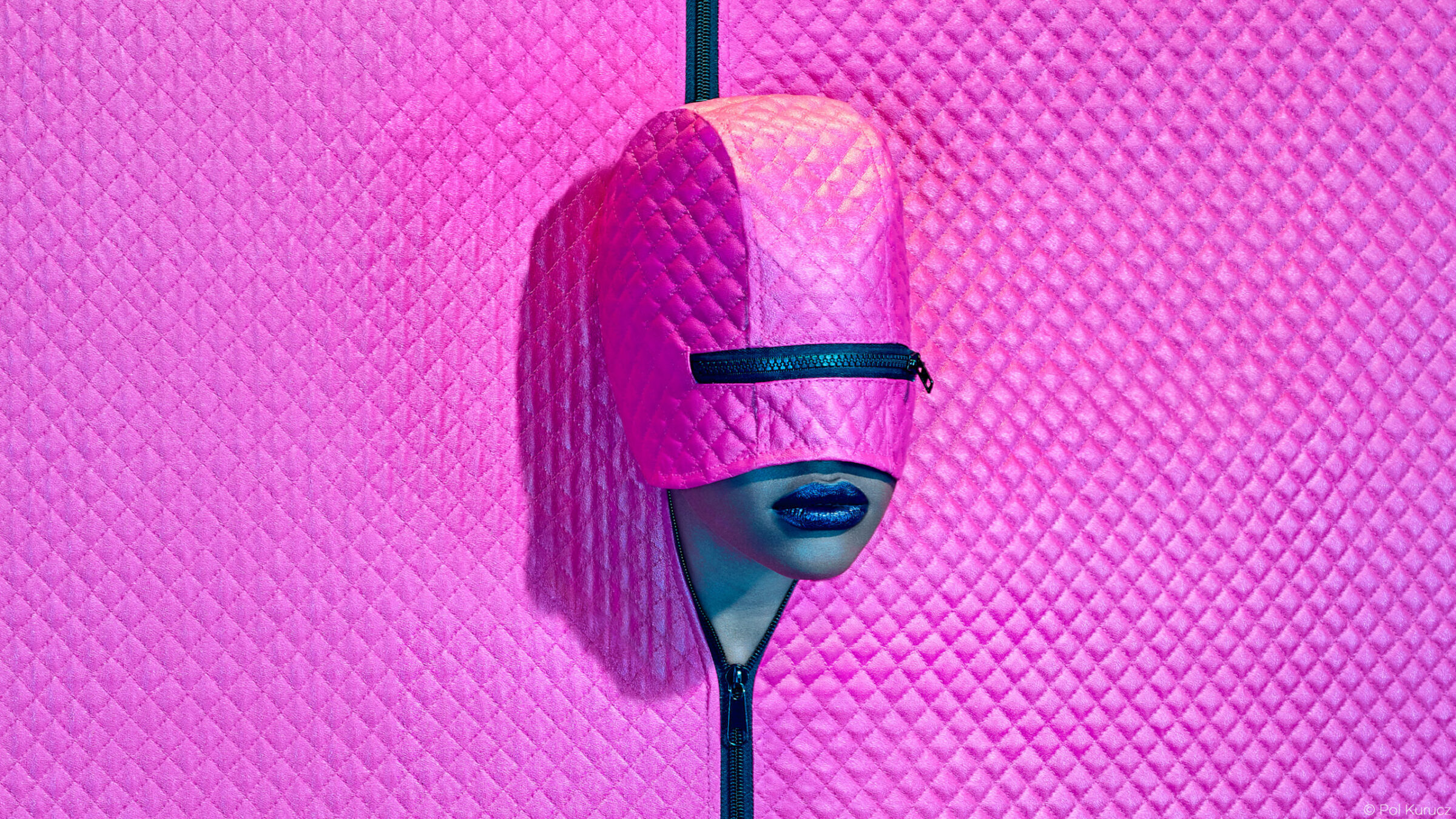The avant garde images that French photographer Pol Kurucz creates are bright, surrealist, and provocative reflections on society. We asked Pol a few questions to dig into his creative mindset:
How do you define yourself as a photographer?
I try not to define myself, but rather the visual universe into which I integrate the different types of projects I am working on: fine art, fashion and celebrity. The main pillars of this universe are the non-conventional, yet pleasing, combination of saturated, non-primary colors, stylized sets, props and compositions, provocative messages, glam-cool styling, and models with unusual beauty.
How do you conceptualize your images? What is your creative process?
I do not follow processes. My ideas come instinctively in form of images that pop up in my head in the shower, in bed or on the street, in a theater or while browsing social media. The ideas then go through a little curating engine in my head which follows the aesthetics of a few virtual masters such as Rene Magritte, Roy Andersson, Bob Wilson, Alejandro Jodorowsky, and Miles Aldridge.
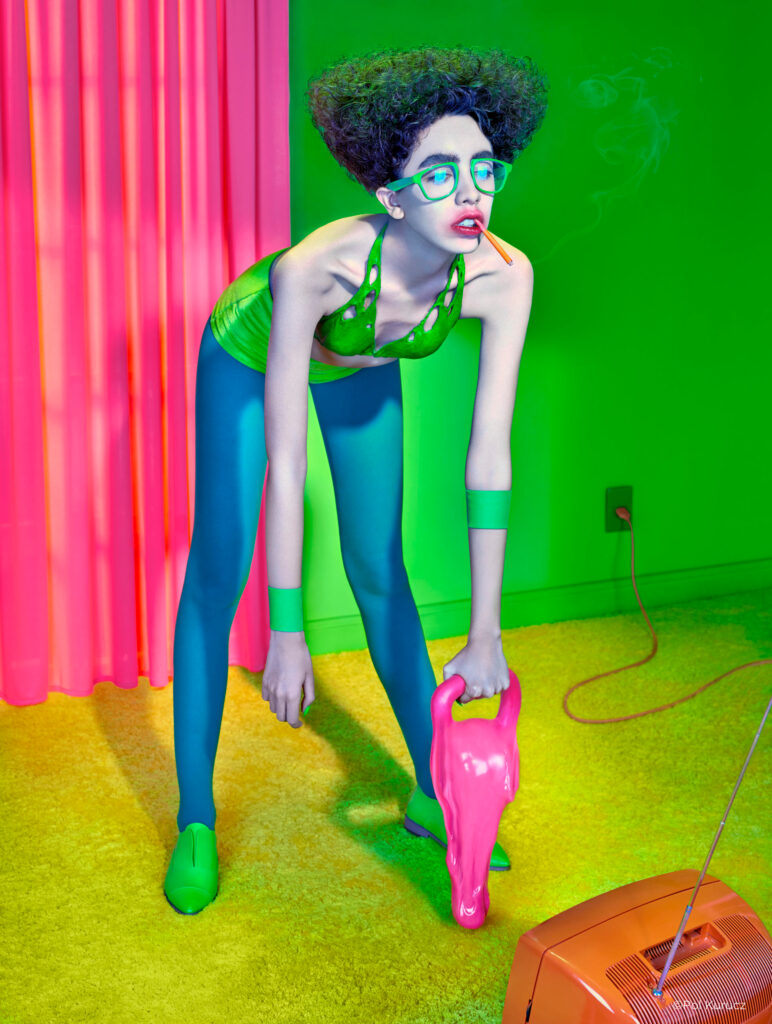
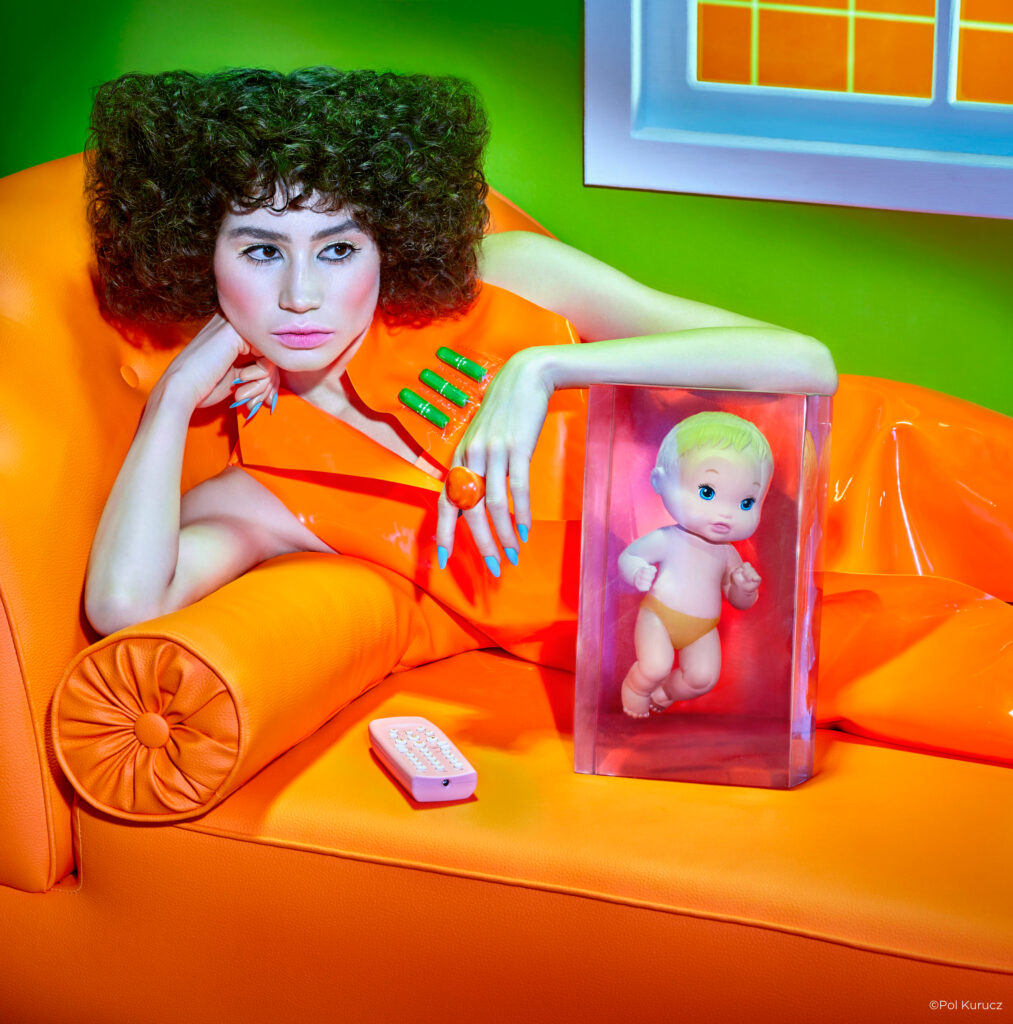
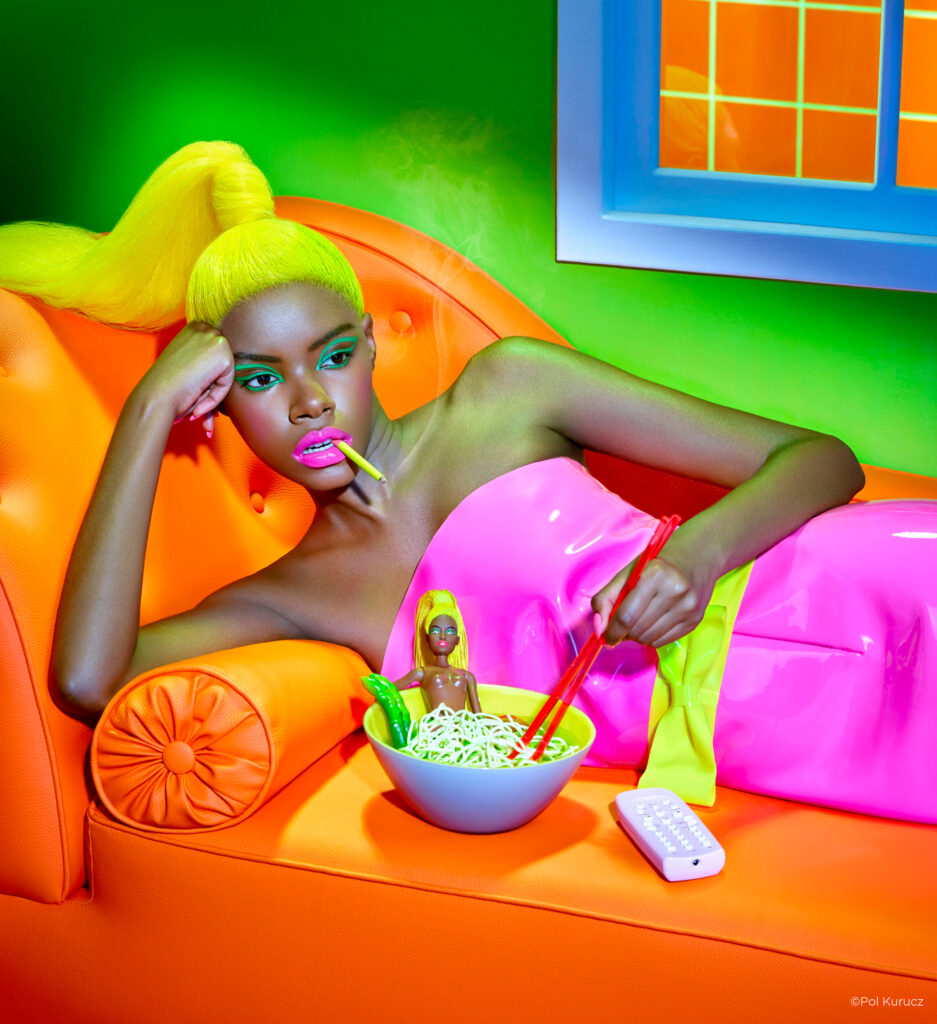
Do you have a favorite image from these series featured here?
The girl with the tennis racket, a bird on her shoulder and a tennis ball in form of an egg. The colors, lighting, composition, and the surrealist vibe of this particular image best defines and demonstrates my style.
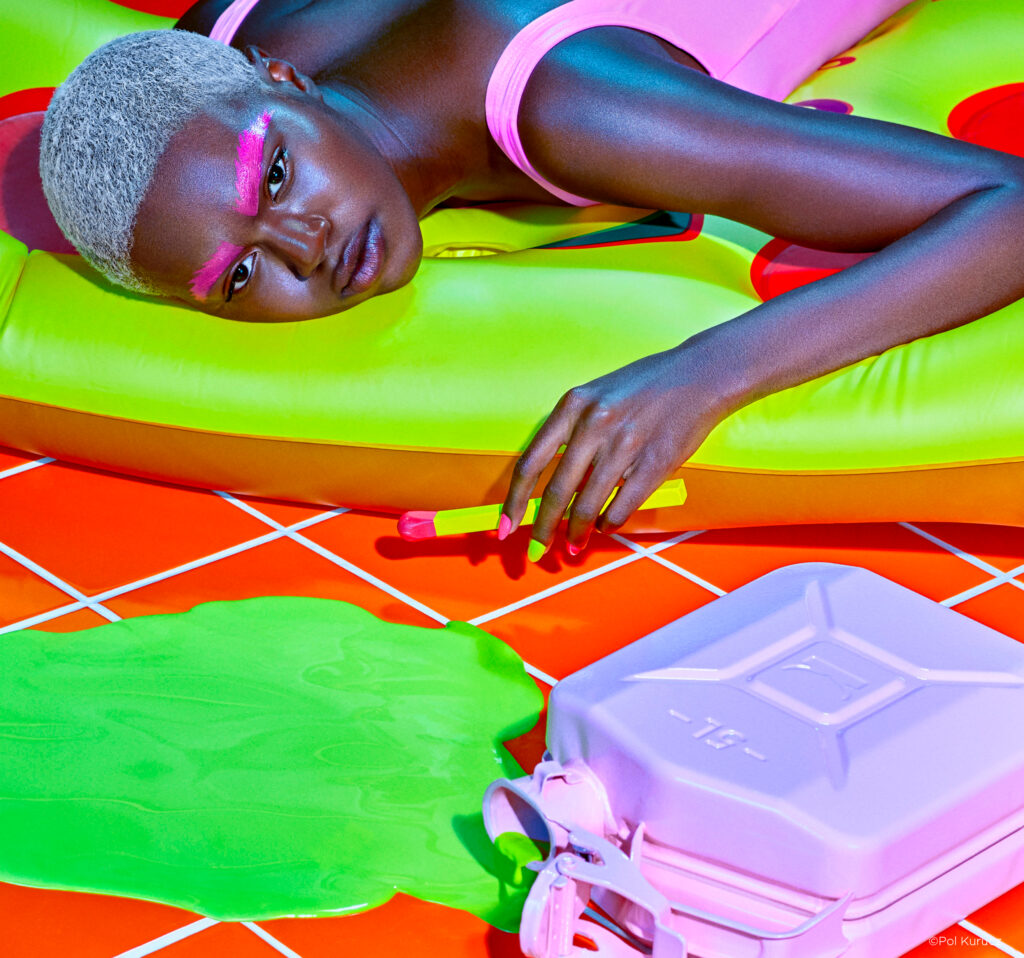
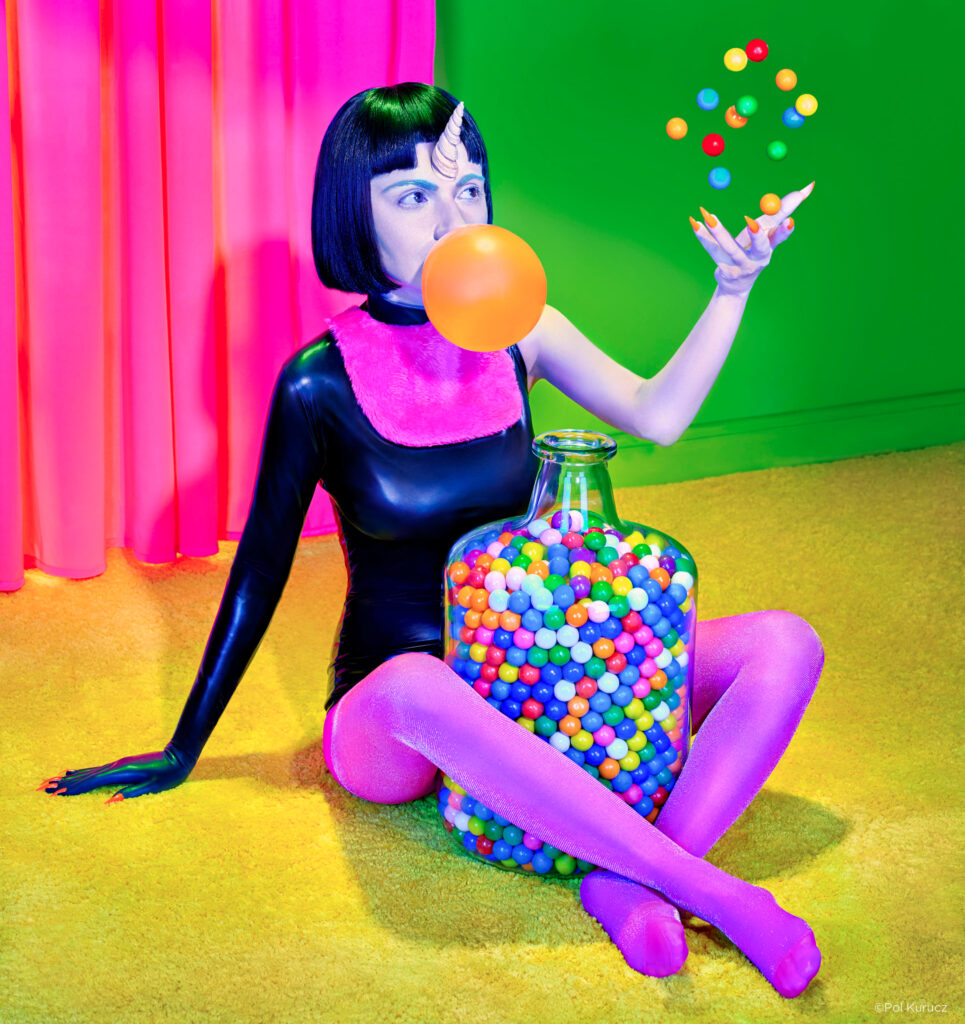
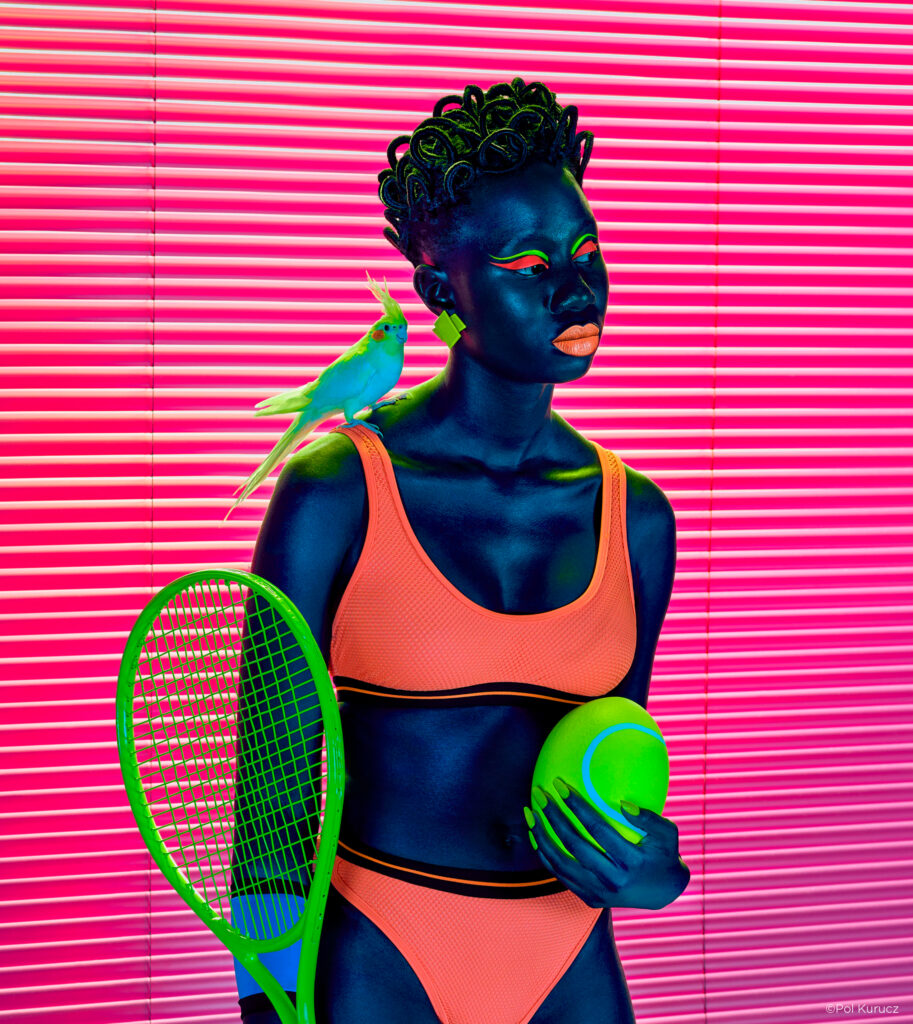
Can you walk us through your workflow on set? What about post-production?
The workflow is always the same. We build our sets the day before the photoshoot. The same day, we do lighting and tests of our props. We leave the studio at night in a way that the next day, we are ready to shoot. Models, makeup and hair come early since we usually work with wigs or complex hair structures. We start shooting around 10am and finish around 8pm – with 4-6 images that I will find good enough to be published, sold, or in case of commercial projects, used by the client. I am extremely detail-oriented and spend much more time on the set with the model, rather than behind the camera, which is almost always on a tripod.
Post-production is fairly simple. In terms of color, saturation, contrast, and general luminosity, what comes out of Capture One is 90% of the end photo. On the day or a few days after the photoshoot, I export the RAW file into tif, make simple local adjustments, and send both the RAW and the tif to a retoucher. We then take forever to finalize the retouched image.
These series are very vivid – what is your color management process?
My images are mainly viewed either as prints or on smartphones (on Instagram), so our color management is focused on mobile devices and is fairly simple. We work on monitors calibrated to be as close as possible to the color settings of the most-used mobile devices. Then we test the photos (and animations based on photos) on 4-5 types of mobile devices.
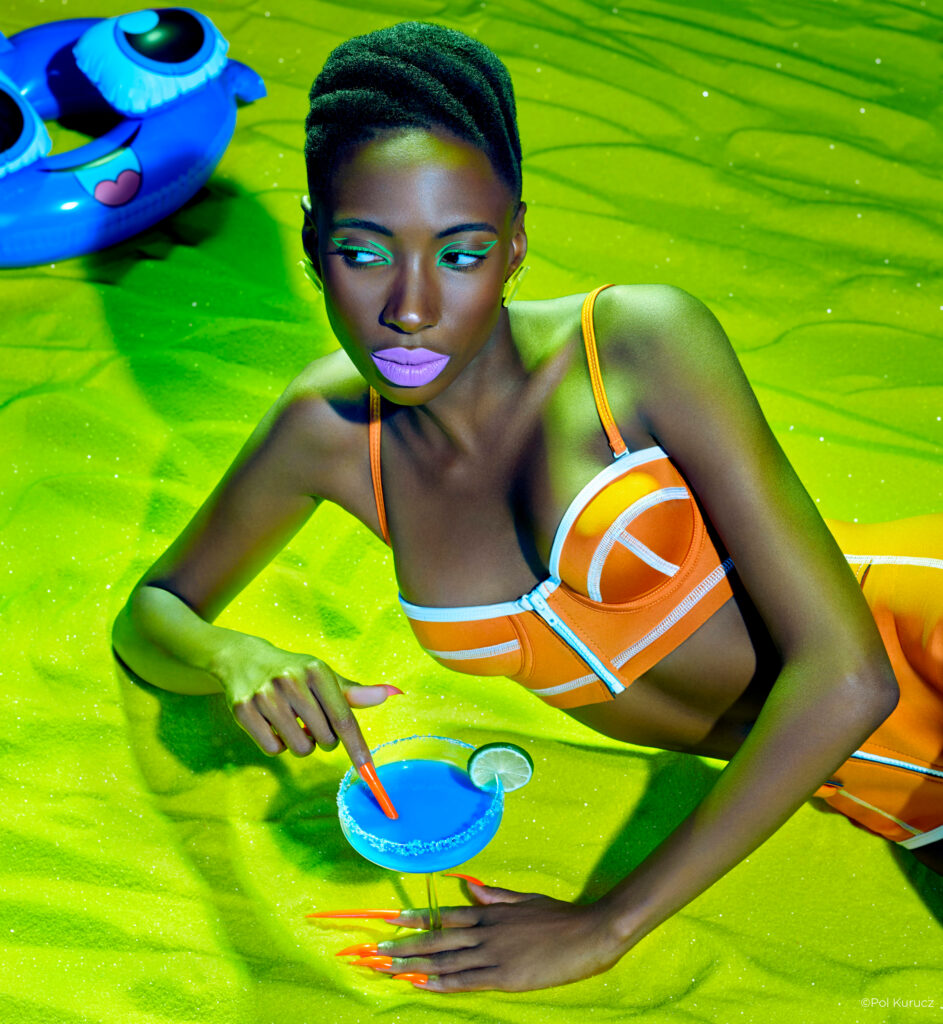
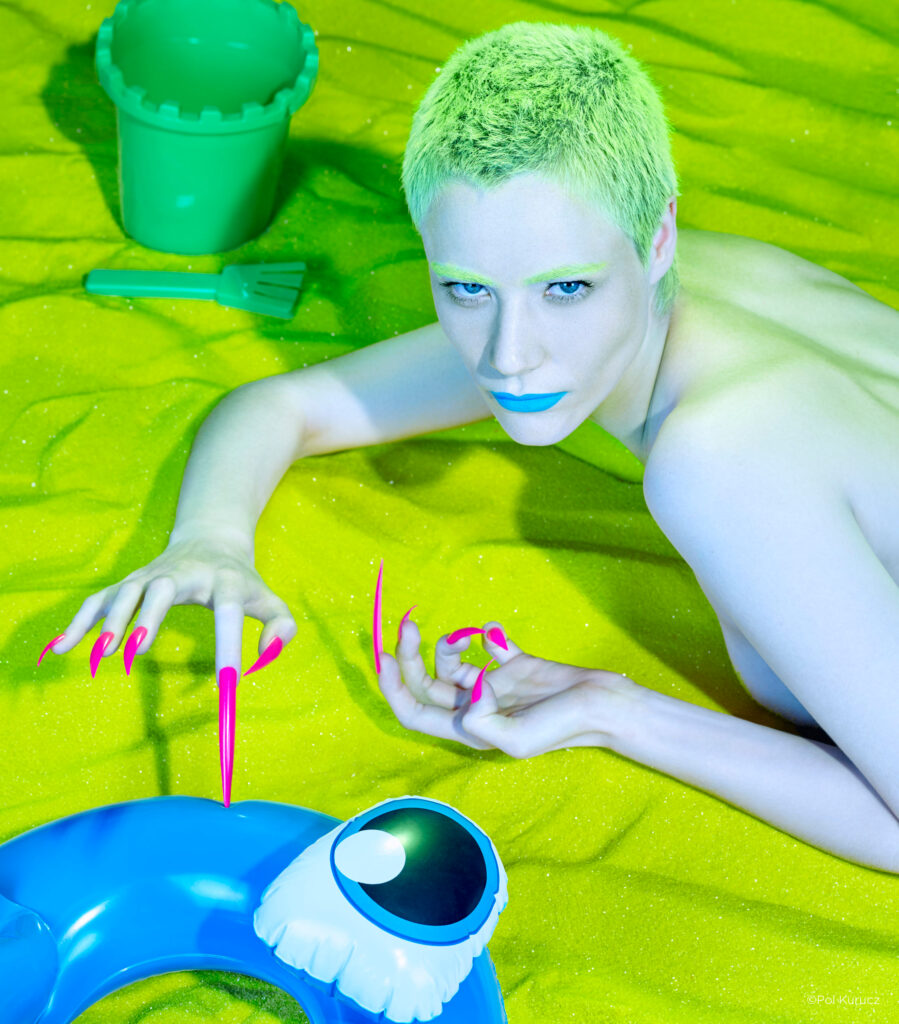
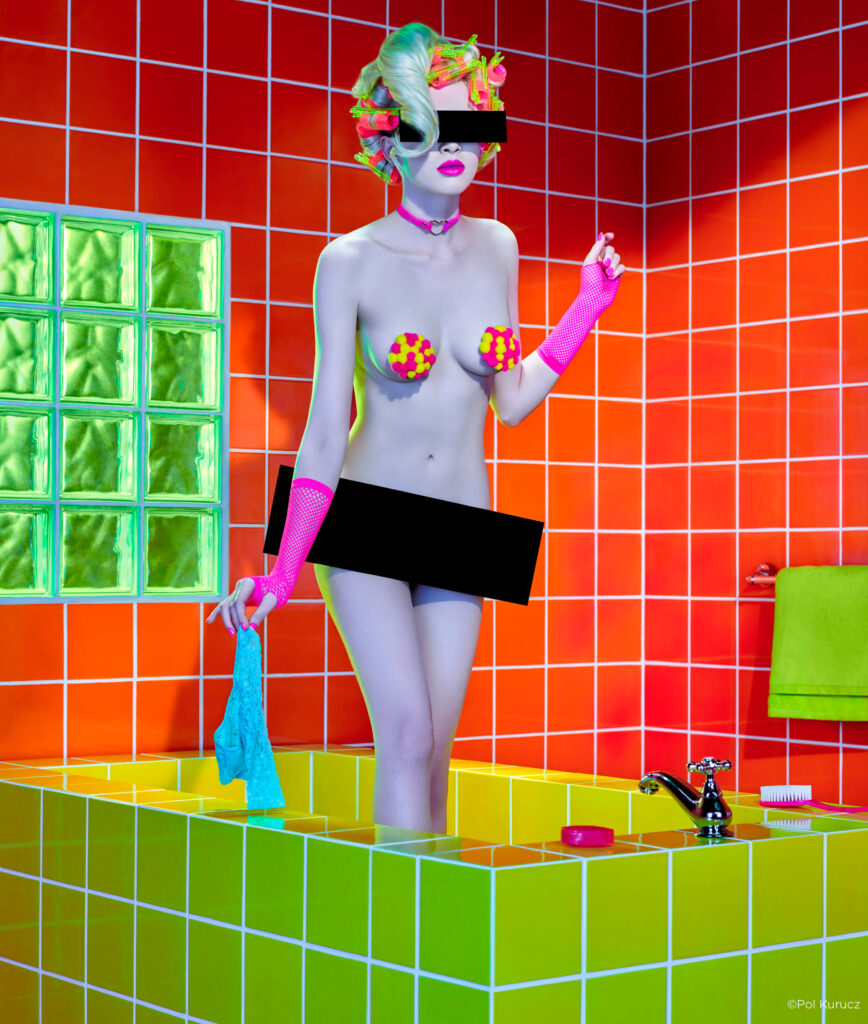
Why do you shoot Phase One?
I shoot Phase One mainly for the incredible flexibility its dynamic range provides. For our post processing, this is a huge plus.
What is your favorite lens? Why?
80mm LS f/2.8 for a simple reason – after numerous tests, this is always the lens that gives me the result that matches my aesthetics.
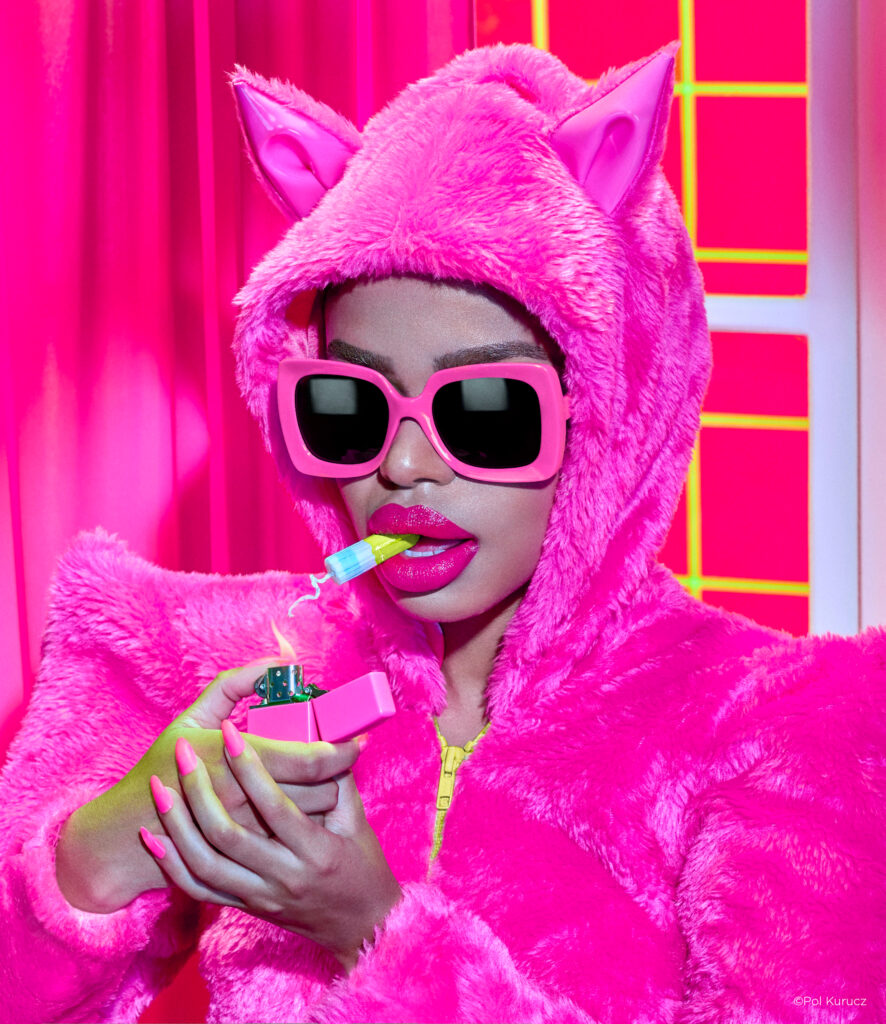
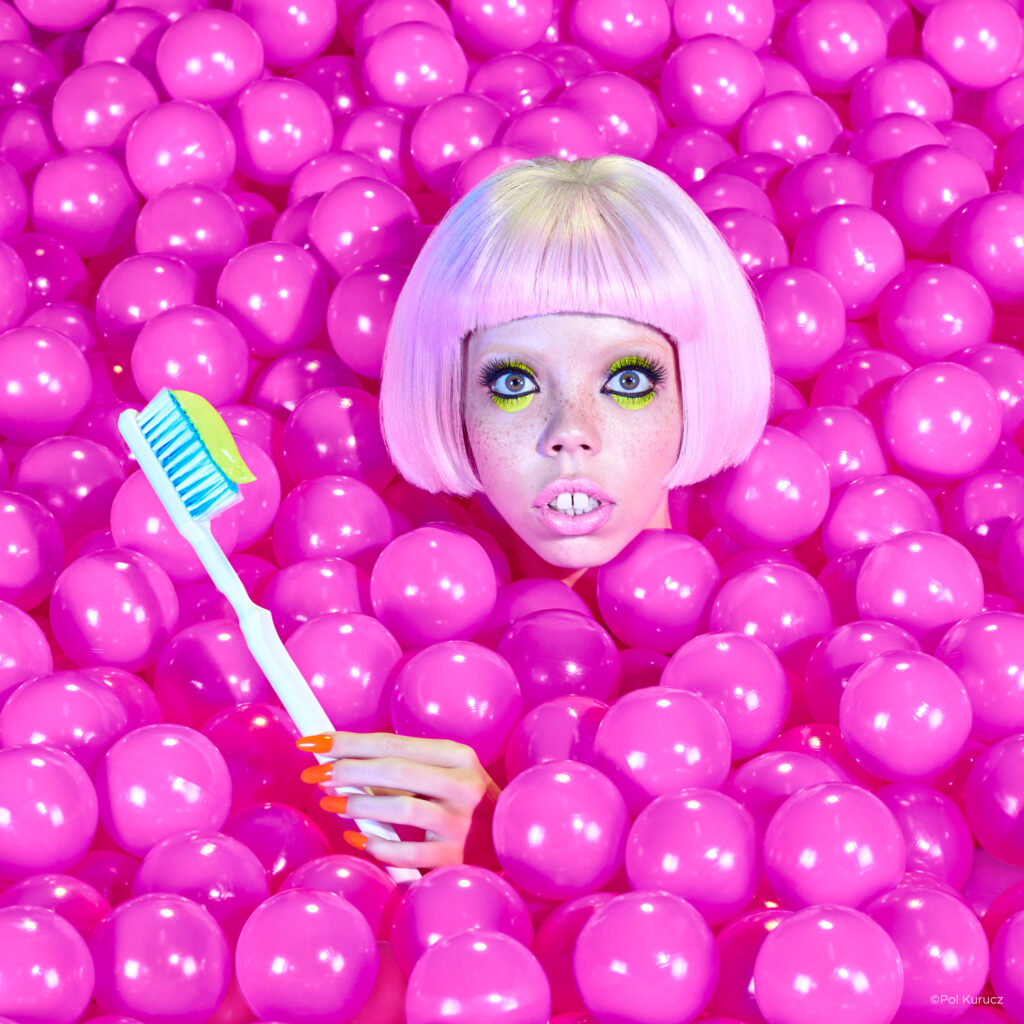

Do you have anything else you would like to share with the readers?
I hope that the next social media platform focused on visual content, and/or the devices of the future where photos will be viewed and shared, will allow larger sizes so that the public can fully appreciate the beauty of medium format photography.
You can explore more of Pol’s work on his website, www.polkurucz.com.
Learn more about Phase One Camera Systems.
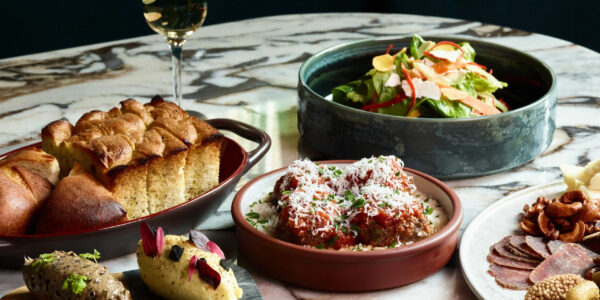
Photographer Stories
Karen Culp
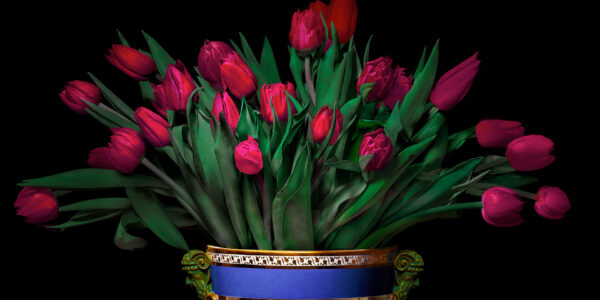
Photographer Stories
T.M. Glass: Flower portraits
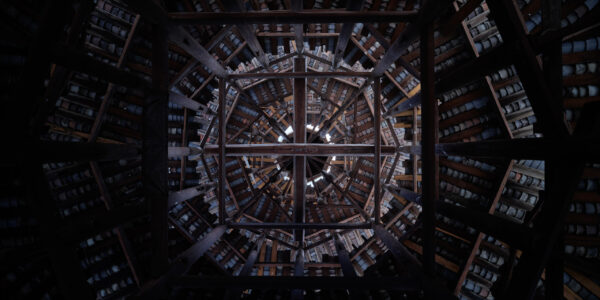
Photographer Stories
Preserving ancient Chinese buildings – Dong Village
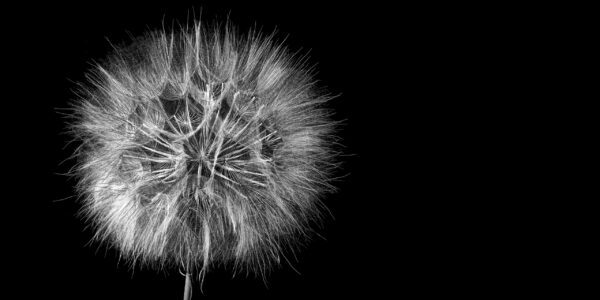
Photographer Stories
Jeff Puckett – The Art of Photogravure
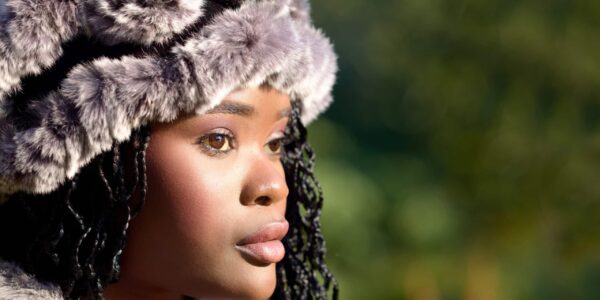
Photographer Stories
Carollyne Sinclaire – A Portrait of the Heart
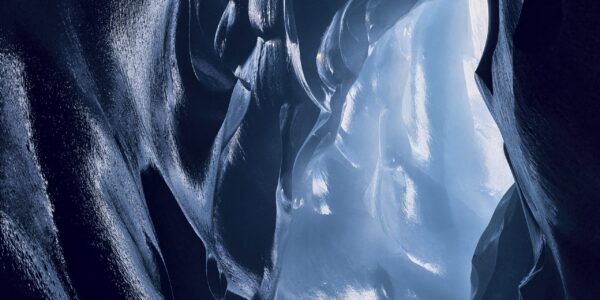
Photographer Stories
A photograph can freeze time. Can it also mobilize human action?
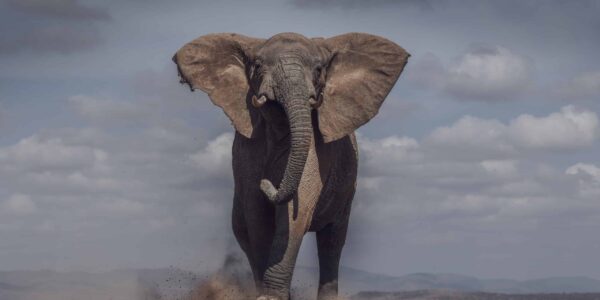
Photographer Stories
Guadalupe Laiz – Up Close and Personal
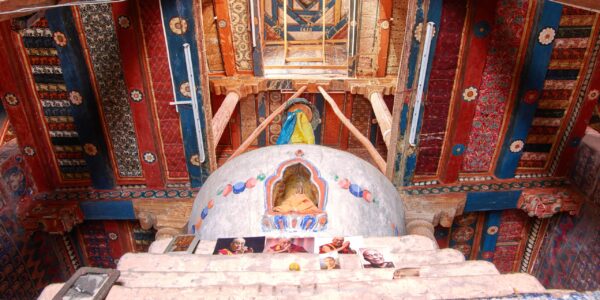
Photographer Stories
How Did a Remote Himalayan Monastery Show Up in New York City?
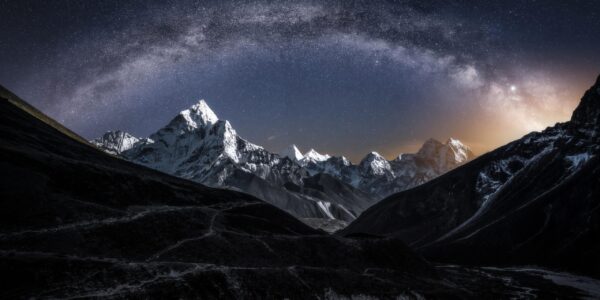
Photographer Stories
Thomas Biasotto Moments beyond Imagination
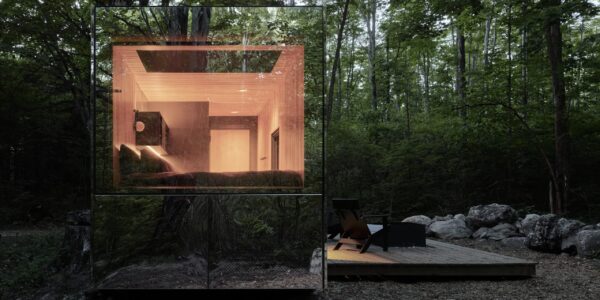
Photographer Stories
Photographing the invisible
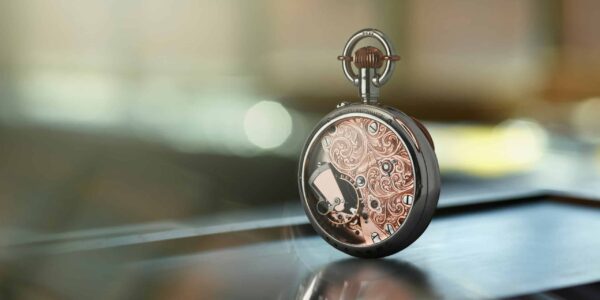
1-Minute Inspiration
Young and Hungry – Upgrading your career and kit with Phase One
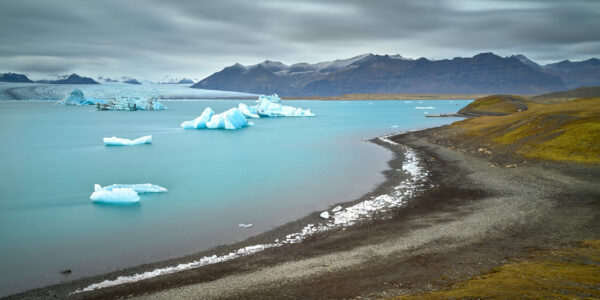
Photographer Stories
Iceland through the lens
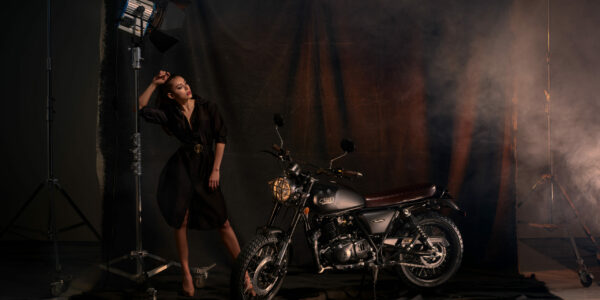
Photographer Stories
Composing soft even lighting in photography
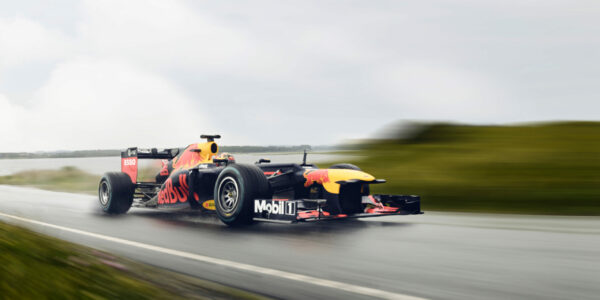
Photographer Stories
Capturing that Split Second – A Formula 1 Car Photo Shoot
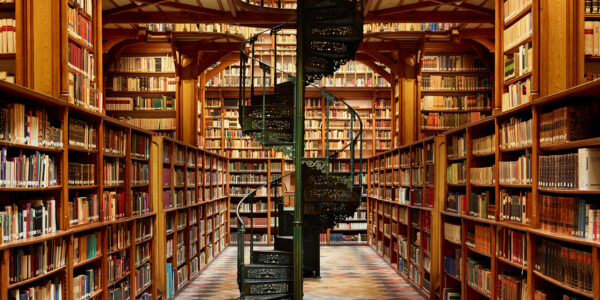
Photographer Stories
Cathedrals of Knowledge – Photographing Tranquil Oases with Daniel Zielske
